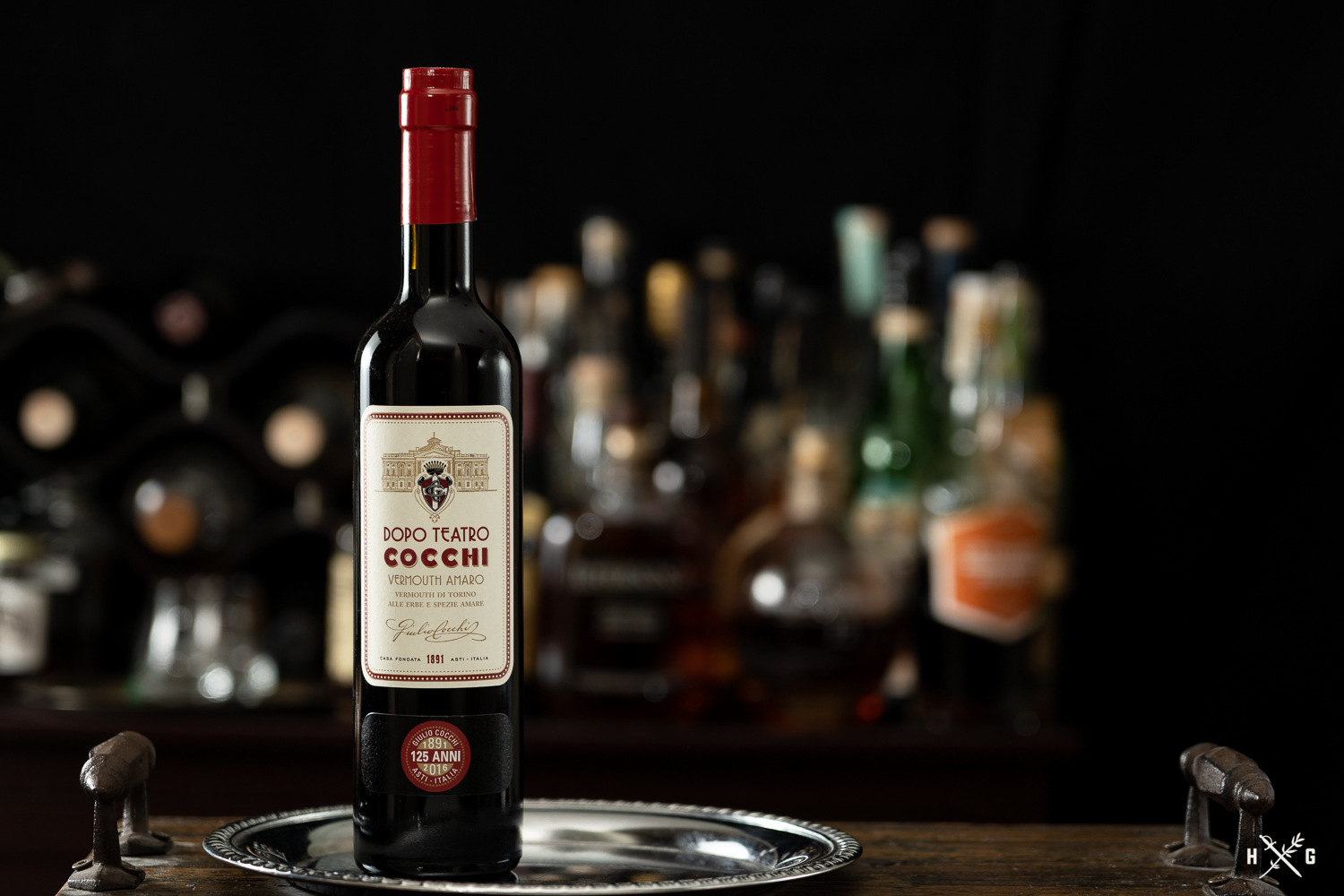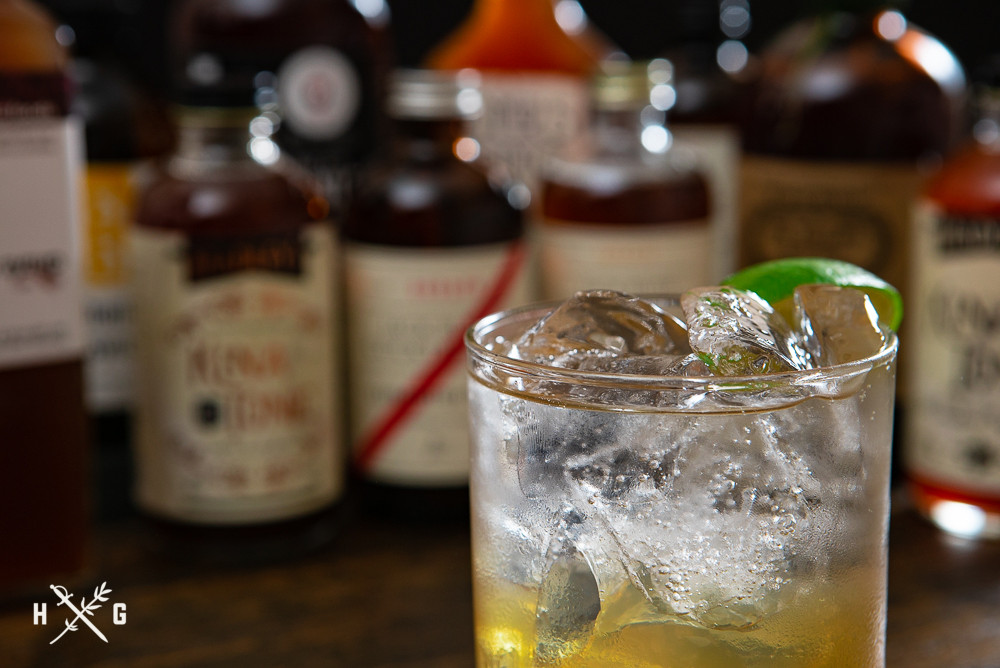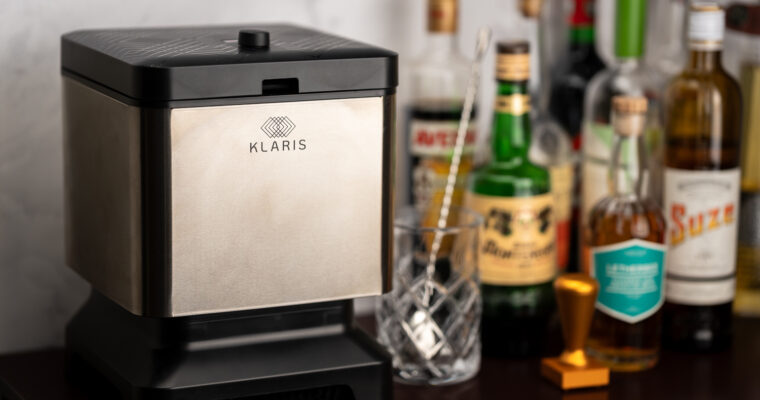To say that classic cocktails from the Manhattan to the Martini owe much to vermouth would be an understatement. However, it wasn’t until the last decades of the 1800s that vermouth made it to America and became a cocktail ingredient. With the creation of modern vermouths and the recreation of historic recipes by century-old brands, Americans are beginning to see vermouth as more than just a cocktail modifier. The trend in low-alcohol cocktails is also piquing interest in the category. So, how is vermouth defined and what has been its path to rebirth?
While Europeans were drinking vermouth by itself, Americans insisted on mixing it with other spirits. It’s possible that was more about masking the poor quality of American spirits, rather than a dislike of vermouth.
Fortunately for us, this birthed some of the most renown classic cocktails. Jerry Thomas’ 1862 book, How to Mix Drinks or the Bon Vivant’s Companion, made no mention of vermouth. However, his 1887 volume titled, The Bar-Tender’s Guide, or How to Mix All Kinds of Plain and Fancy Drinks, lists recipes for five cocktails featuring vermouth: the Manhattan, the Martinez, the Vermouth, the Fancy Vermouth, and the Saratoga. Vermouth had finally become noteworthy in America.
The unintentional result echoing into the present is that many Americans only think of vermouth as a cocktail modifier, as opposed to something that can be enjoyed on its own. Low-quality and spoiled vermouth are also likely sources of Americans’ general disdain for vermouth.
Vermouth is a fortified wine, flavored with adjuncts like spices, herbs, and barks. Just as a wine begins to change flavor once the bottle is opened, so will vermouth. (This is why it should be refrigerated after opening.) It’s the French pronunciation of the German word for wormwood (wermut) that is credited for the word vermouth. Renewed interest in the category has seen American producers crop up with some specialty vermouths, but the majority of vermouth is European in origin.
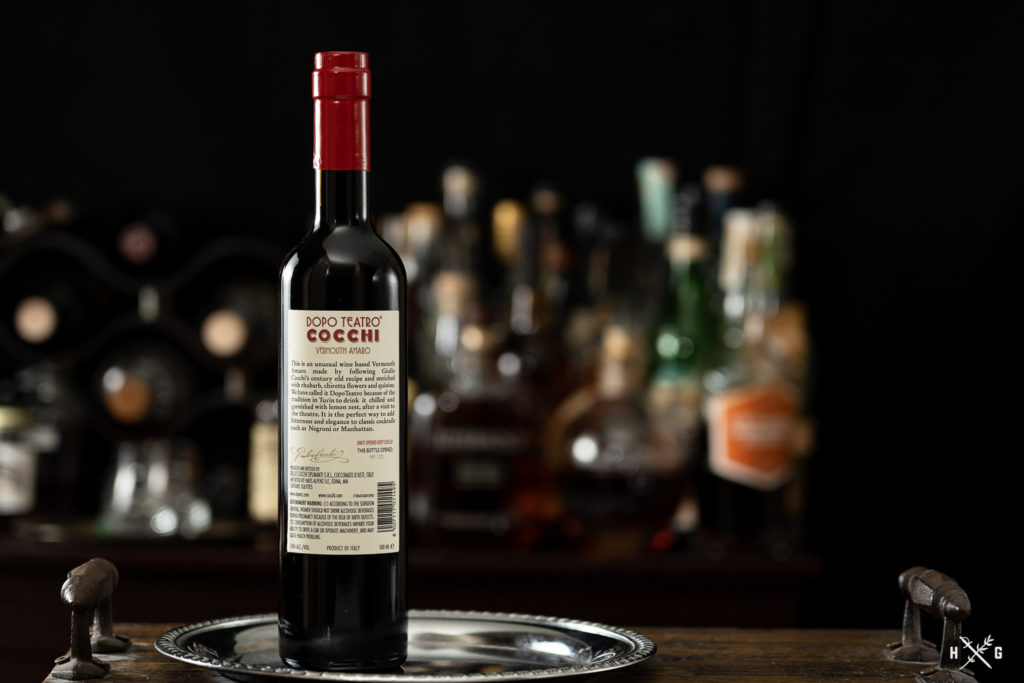
Vermouth produced in the EU requires the product to be 75 percent wine, and that it be fortified (through adding distilled alcohol) to between 14.5% and 22% ABV. Most vermouths are made from a white wine base, with Clairette Blanche, Piquepoul, Catarratto, or Trebbiano grapes. Vermouth produced in the EU is also required to use artemisia as the primary bittering agent. Artemisia absinthium is more commonly known as wormwood–an ingredient better known for being included in absinthe.
All vermouth can be broken down into three broad categories–sweet, dry, and blanc, but there are some exceptions like Cocchi Dopo Teatro Vermouth Amaro.
I recently came across Cocchi Dopo Teatro and was intrigued by the label calling it a vermouth amaro–a combination of vermouth and amaro (bitter liqueur). After a little bit of research, I discovered that this vermouth begins with a base of one of my favorite vermouths, Cocchi’s classic Vermouth di Torino. (The vermouth I use in my La Terra Rojo.) The base then has botanicals including chiretta flowers and bittering agents like wormwood, rhubarb, cinchona bark, and quassia wood added.
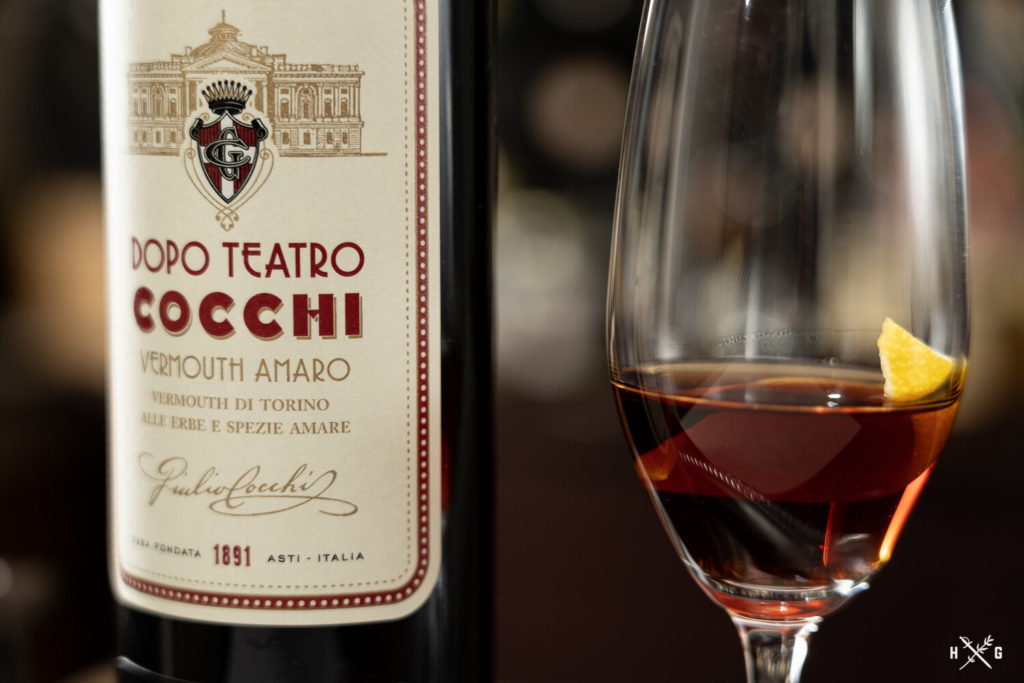
Dopo Teatro translates to “after theater”, a reference to the Italian tradition of sipping a small amount of vermouth with an expressed lemon twist after attending the theater. This is exactly how I’d recommend anyone first try this vermouth–chilled and served neat or on the rocks.
On the first sip, it has the richness and acidity you’d expect from it having a base of Cocchi Vermouth di Torino. Once the sweetness lifts, you’re left with a slight dry bitterness. Despite the bitterness, it’s not bold like a traditional amaro and it’s certainly not as syrupy. The bitterness from the wormwood and cinchona lingers, asking you to return for another sip.
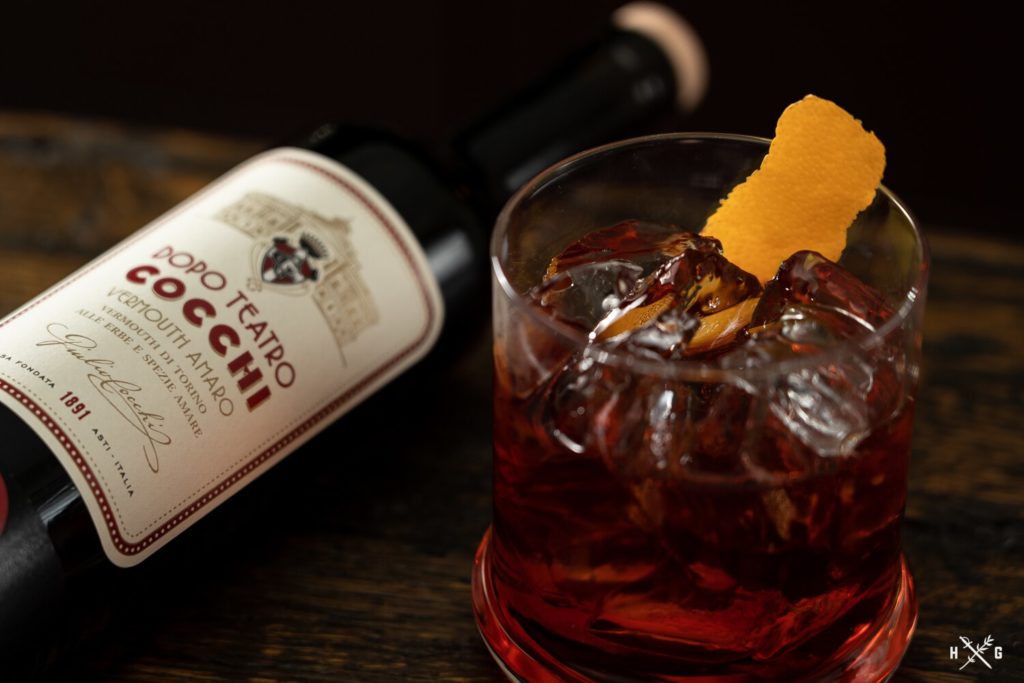
If enjoying this vermouth amaro by itself is a prerequisite, the logical next steps are subbing it into vermouth cocktails where you’d prefer more complexity and bitterness. The Negroni is a perfect candidate. Haus Alpenz, the US importer of the product, also has several suggested recipes utilizing everything from rum to mezcal.
Overall, this is a solid bottle that I’d highly recommend.
Detailed Specs
ABV: 16%
Ingredients: wine, sugar, alcohol, aromatic herb infusion and spices Region: Italy
Bottle Size: 500mL
Price: $17.99
[divider type=”double-dotted” color=”gray”]
Additional Resources:
The Joy of Mixology
Death & Co: Modern Classic Cocktails
Vermouth: History and Legal Regulations – Alcademics
American Vermouth – Imbibe (Paul Clarke)
An Amari Crash Course – The Humble Garnish
A few noteworthy vermouths.
Imbue (An American Vermouth out of Oregon. They fortify their vermouth with brandy from one of my favorite US distilleries, Clear Creek.)
Channing Daughters
Carpano Antica
I created The Humble Garnish because I’m passionate about cocktails. Occasionally, I am provided with products for review or other perks. Many product links on this site are affiliate links that give me a very small kickback, and costs the buyer nothing extra. For example, as an Amazon Associate, I earn from qualifying purchases after a link leading to Amazon is clicked. Other links may earn me affiliate commissions as well. This helps offset the cost of creating content for the site – things like camera gear, software, alcohol, glassware. I have at times accepted and at other times declined free products. I promote what I love and use, and rarely will write about a product that I don’t appreciate or own. If I don’t like a product or service, I often simply choose not to write about it.
– Andrew

